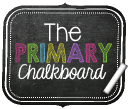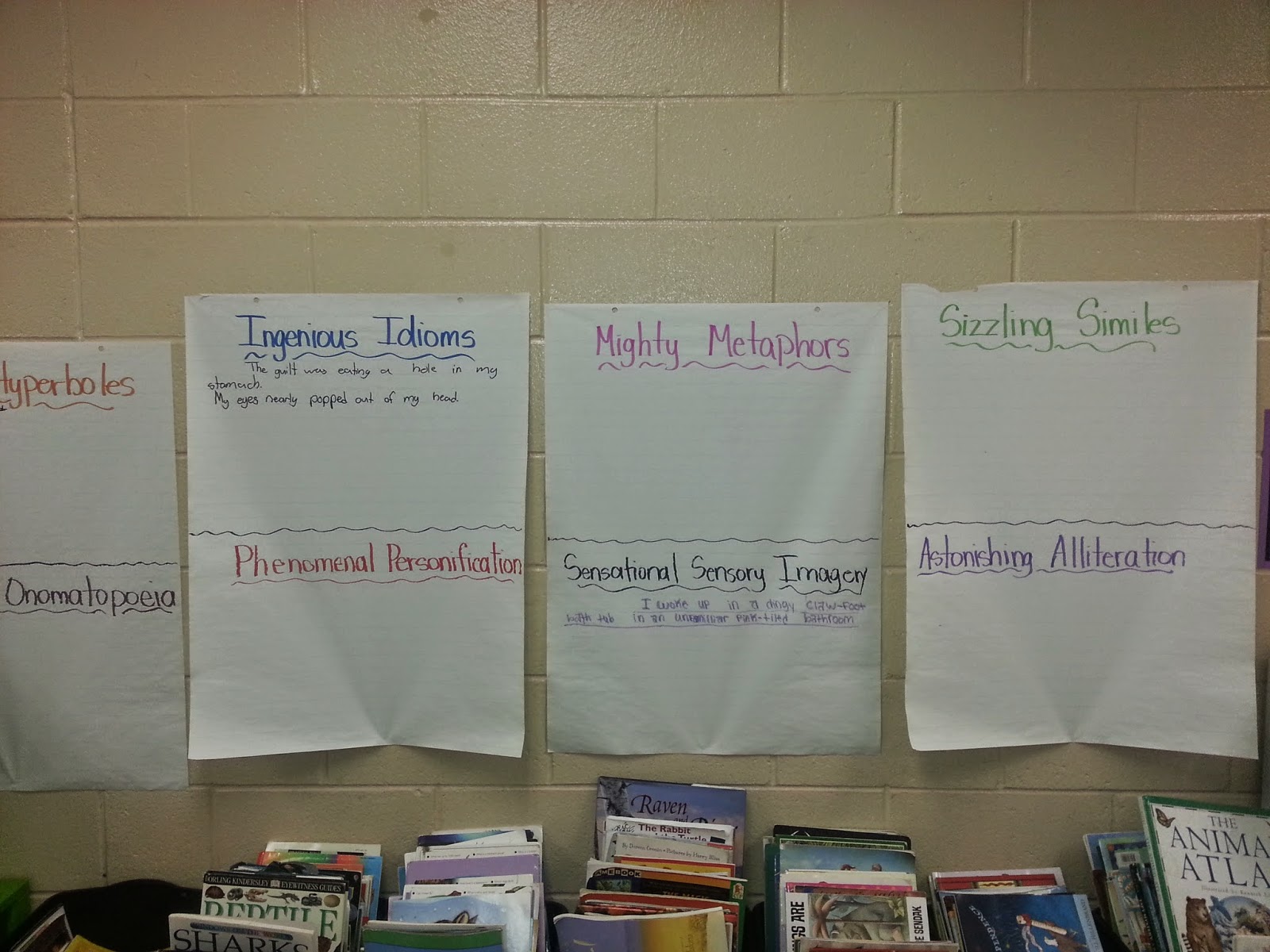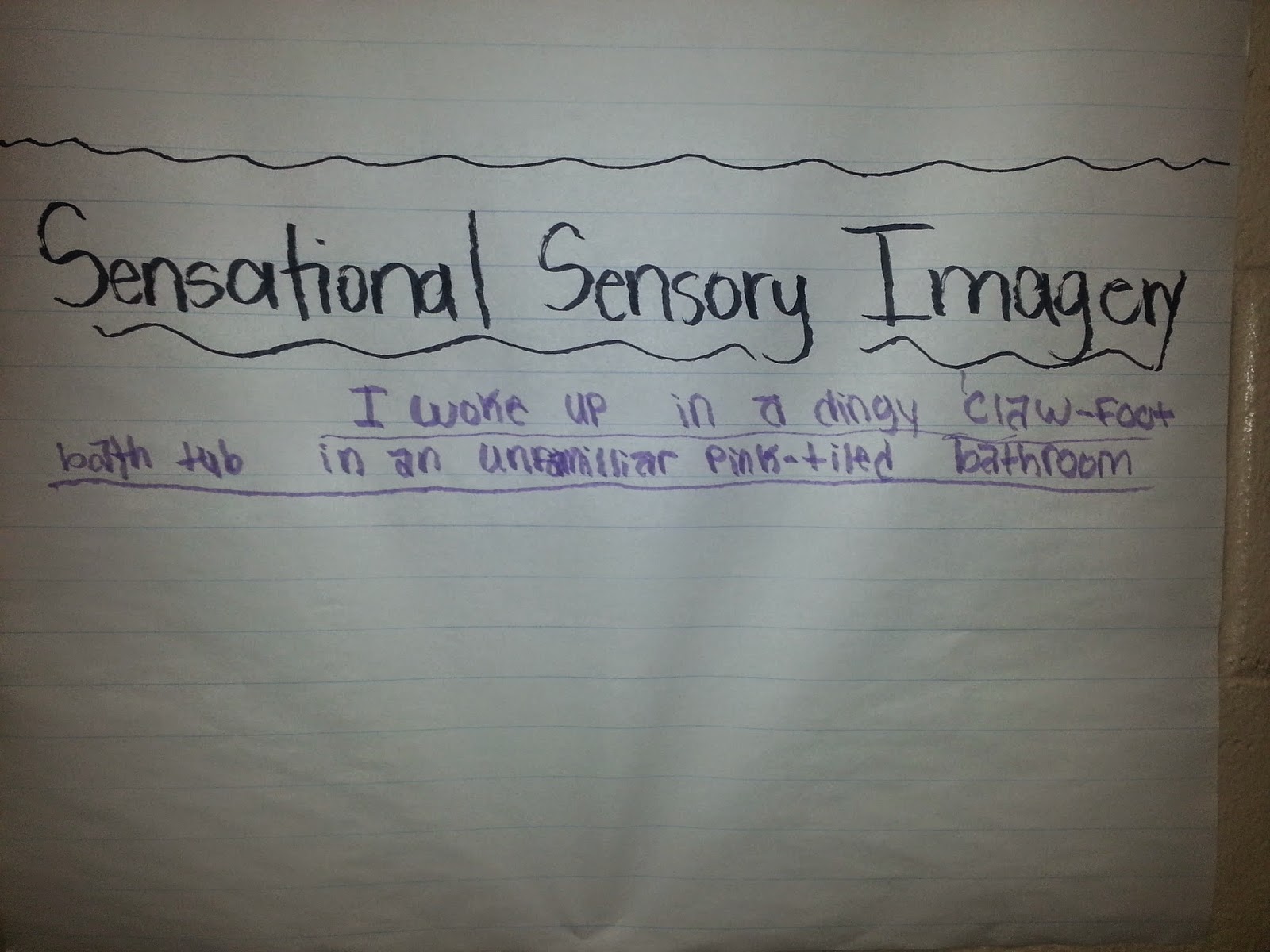Hey everyone! It's Leslie from First Grade and Flip Flops and I'm here to share with you some character... character education! I'll admit... I'm old school. May not look old school but I am a believer in some well behaved children!
Can I get an amen???
I mean aren't we all??? Have you ever been out in public and you see and hear some children acting foolishly or saying something you know is totally inappropriate (hoping and praying and knowing, it better not be yours! ha!) and you want to give them the evil teacher stink eye??
Let's face it... as teachers, parents, people of a community, we all want to raise a village of nice kids!
Every year I love to read this book:
It's a great book that talks about these "buckets" that we all carry. When we use nice words or kind gestures, we fill each other's buckets. However, when we use unkind words or gestures, our bucket's get spilled over and are empty.
The kids were so silent as I read this book and you can see them start to think of their buckets (and their pets! Pets have buckets, too!) and they begin to relate to the kids in the story.
It is really well written and I encourage all teachers to read this for the beginning of the year to help build a strong community in the classroom. There is even a song that goes along with it:
My class loved it. We talked about how to be bucket fillers at home, in school, and in our community. I did a gallery walk and placed posters around the room and had them write how they were bucket fillers:
Their ideas were so thoughtful and heartfelt! I liked the one for their community where they said 'hi" and "bye" to their neighbors! We will use these to help us write our bucket filler slips for each other.
I have a hanging shoe rack (sorry, I forgot to take a picture) and each student has a bucket (really, it's a cup with their name on it) where they can fill a slip with a bucket filler form when they notice someone doing something kind or saying a kind word, for example.
Click to download this FREEBIE!!!
The kids LOVE going to their buckets and reading what others have to say about them. They gush to the other child how they loved reading their note! Plus, it gets them writing!!! I encourage them to write a bucket filler for someone at least once a day and not the same person in the same week. You know how BFF's are! They'd write one every hour.
I hope that you will incorporate this into your classroom this year if you haven't done it already. It's a great read! And if I may fill your bucket today..... Thank you for being part of our Primary Chalkboard blog! We so appreciate your support and kindness! We strive to bring the best teaching practices, tips, and tricks to you! Hope you all are having a great school year so far!!!
Lots of love to you!
Leslie













































